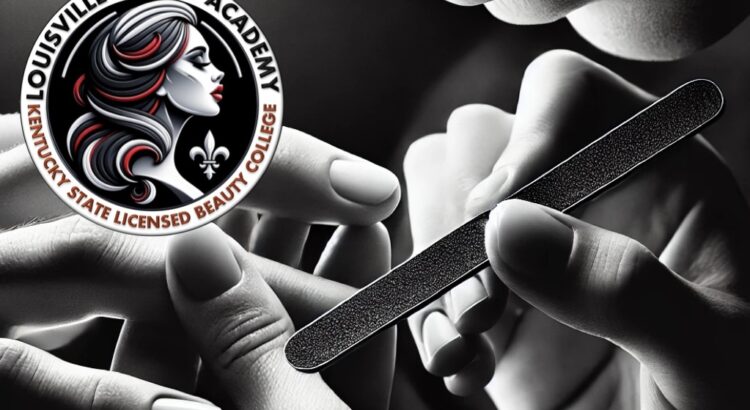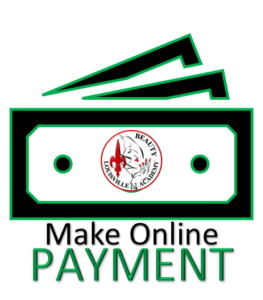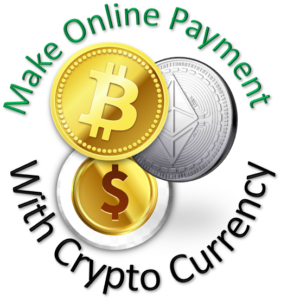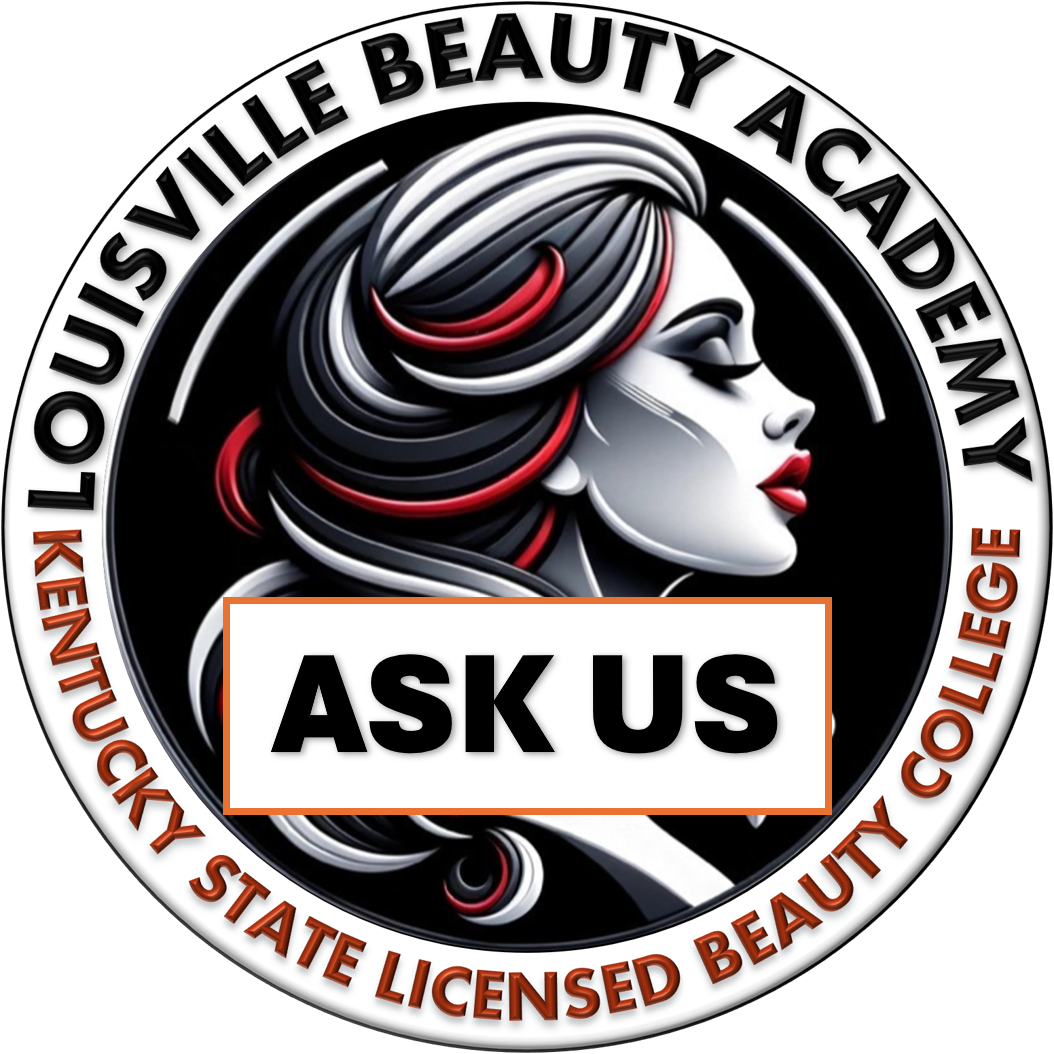Nail technology is a specialized field in the beauty industry, focusing on the care and enhancement of nails. To become a licensed nail technician, it’s crucial to understand specific terminologies commonly used in the field. Here’s a breakdown of 20 key terms you should know when pursuing a nail technology license.
- Cuticle • The cuticle is the thin layer of dead skin cells at the base of the nail plate. Proper cuticle care is essential for healthy nails and is a fundamental part of most nail services.
- Nail Plate • The hard, visible part of the nail that sits atop the nail bed. It is composed of layers of keratin and grows continuously.
- Nail Bed • The skin beneath the nail plate. It contains blood vessels, nerves, and cells that support nail growth and health.
- Eponychium • The living skin located at the base of the nail plate, covering the matrix area. It is often mistaken for the cuticle, but they serve different purposes.
- Matrix • The area where nail growth begins. It contains living cells that divide and push the old cells forward, forming the nail plate.
- Free Edge • The portion of the nail plate that extends beyond the fingertip. It is the part of the nail that is usually filed and shaped during a manicure.
- Hyponychium • The thickened skin underneath the free edge of the nail plate. It acts as a protective barrier to prevent infections.
- Onychosis • A general term for any disease, disorder, or deformity of the nails. Understanding different onychosis conditions is essential for safely providing nail services.
- Sanitization • The process of cleaning surfaces and tools to remove dirt and reduce the number of pathogens. It is the first step in ensuring a safe working environment.
- Disinfection • The process of using chemical agents to eliminate most pathogenic organisms on surfaces. Disinfection is a critical step in nail technology for maintaining hygiene standards.
- Sterilization • The highest level of decontamination, involving the destruction of all microbial life. While not always required for nail tools, it is essential for certain services to ensure safety.
- Acrylic Nails • A type of artificial nail enhancement created by mixing liquid monomer and powdered polymer to form a hard protective layer over the natural nail.
- Gel Nails • A type of nail enhancement that uses a gel-based polish cured under a UV or LED light. It provides a durable, glossy finish that lasts longer than regular nail polish.
- Nail Wrap • A technique that involves wrapping a material (such as silk, fiberglass, or linen) around the nail to add strength and protect the natural nail.
- Nail Tip • An artificial nail extension that is glued onto the natural nail and then shaped and enhanced with acrylic or gel to create a longer appearance.
- Nail Primer • A product applied to the natural nail before applying nail enhancements. It helps the enhancement adhere better to the nail surface.
- Electric File (E-file) • A powered nail drill used to shape, buff, and refine nails. Proper training on the use of an E-file is crucial for nail technicians to avoid damaging the natural nail.
- Monomer • The liquid component used in creating acrylic nails. It reacts with the polymer powder to form a hardened material for nail enhancements.
- Polymer • The powdered component used in conjunction with monomer to create acrylic nails. It hardens to form a durable covering over the natural nail.
- UV/LED Light • A lamp used to cure gel-based nail products. Understanding the curing process and the appropriate usage of these lights is essential for nail technicians.
Conclusion
Becoming familiar with these terminologies is essential for anyone pursuing a career in nail technology. Not only do they form the foundation of the craft, but they also help in understanding the practical and safety standards required for licensing.






